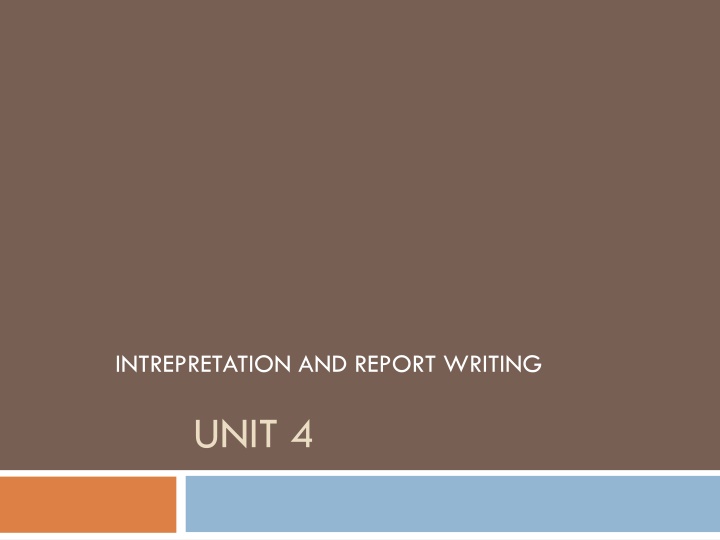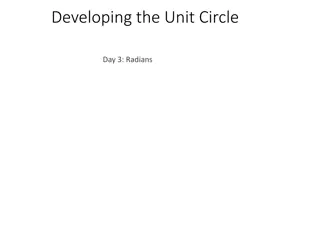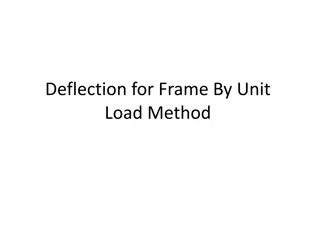
Effective Interpretation and Report Writing Strategies
Discover the importance of interpretation and report writing in research. Learn how to draw inferences, write formal reports, and understand the principles of a good research report. Explore different types of reports and the essential format of a research report.
Download Presentation

Please find below an Image/Link to download the presentation.
The content on the website is provided AS IS for your information and personal use only. It may not be sold, licensed, or shared on other websites without obtaining consent from the author. If you encounter any issues during the download, it is possible that the publisher has removed the file from their server.
You are allowed to download the files provided on this website for personal or commercial use, subject to the condition that they are used lawfully. All files are the property of their respective owners.
The content on the website is provided AS IS for your information and personal use only. It may not be sold, licensed, or shared on other websites without obtaining consent from the author.
E N D
Presentation Transcript
Interpretation It refers to the task of drawing inferences from the collected facts after an analytical and / or experimental study. It is a search for broader meaning of research findings interpretation is the device through which the factors that seem to explain what has been observed by researcher in the course of the study can be better understood and it also provides a theoretical conception which can serve as a guide for further research.
Report writing Meaning A research report is a formal statement of the details of the research process and its results. It gives an account of the problem(s) studied, objectives, methodology, findings and conclusions of the research study.
Principles/Characteristics of a good research report It must be specific and accurate and there is no question of beating around the bush. It must be written with the targeted audience in mind. It must be non-persuasive. That is, extra caution is needed while advocating a particular course of action based on the finding. It must be simple, logical and understandable.
Types of Report Based on the degree of formality, physical form, scope, style, and size etc., reports may be classified as short report, long report [technical and management], interim report, summary report, research abstract and research article.
Format of Research Report / Project Report A. Prefactory items Title page Researcher s or student s declaration Certificate by the Research Supervisor / Head of the Department / Institute. Acknowledgement Table of contents. List of tables List of graphs / charts / figures / plates
B. Body of the report Chapter I-Introduction 1.1Introduction to the study / concept / theory / models. 1.2 Introduction to the organization / industry / situation 1.3 Need or Significance of the study 1.4 Statement of the problem 1.5 Scope of the study 1.6 Objectives of the study 1.7 Hypotheses to be tested.
Chapter II-Review of Literature 2.1 Tools or methods used in similar syudies 2.2 Findings and conclusions of earlier studies 2.4 Lacunae of available literature
Chapter III-Research Methodology 3.1 Nature of the research design 3.2 Sources of data 3.3 Sampling design and sample size 3.4 Techniques / Tools of data collection, methodology of data collection and period of data collection. 3.5 Pretesting of tools 3.6 Data analysis (statistical tools and other techniques employed)
Chapter IV-Analysis and Interpretation or Results and Discussion Tables, charts, interpretation and inferences.
Chapter V-Summary and Conclusion 5.1 Summary 5.2 Findings 5.3 Suggestions 5.4 Conclusion 5.5 Future line of work
C. Terminal items References Bibliography Appendices Annexures
Graphical representation of results - Bar charts - Pie charts - Line charts - Other pictorial representations






















